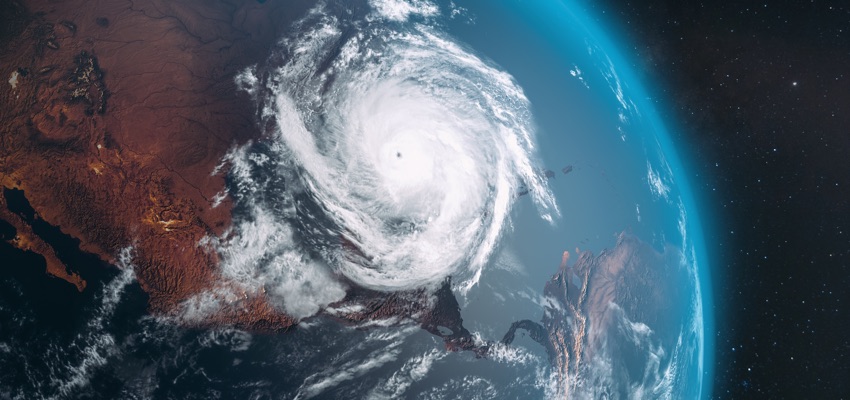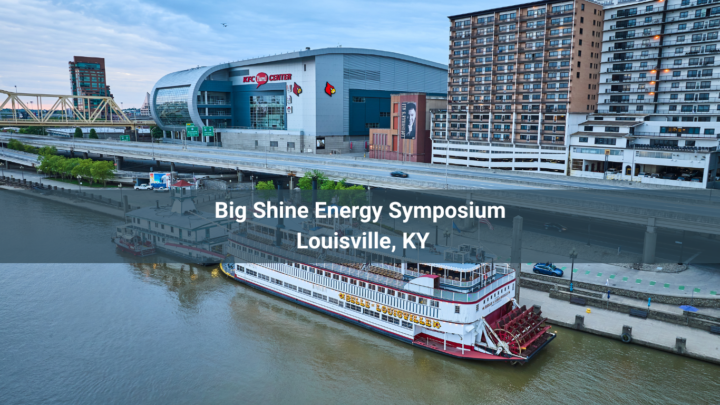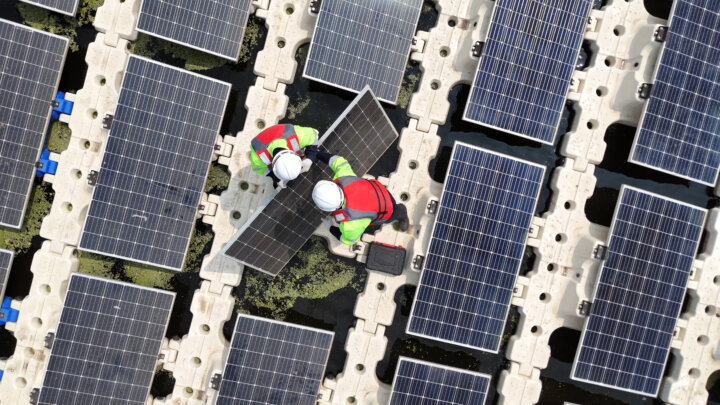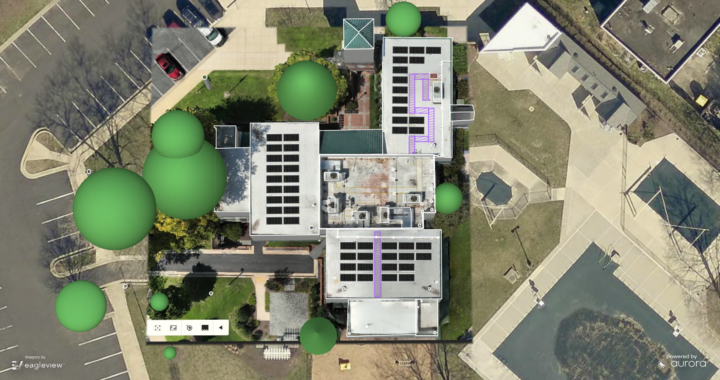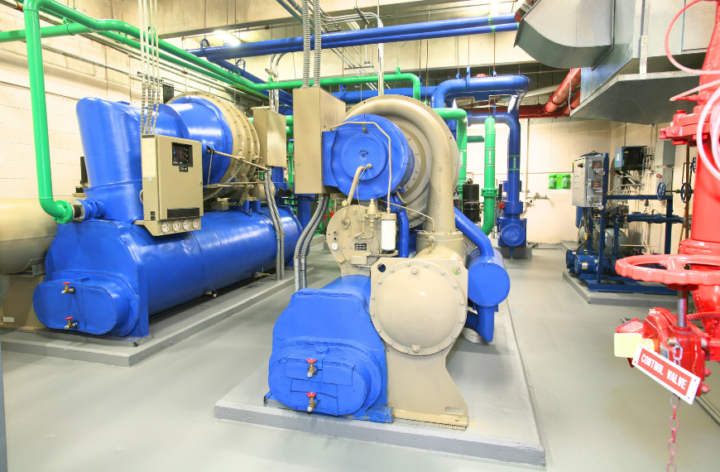Climate change is not a distant threat, but a present reality that is affecting the lives of millions of Americans. The year 2023 has been marked by extreme weather events, such as heat waves, droughts, floods, wildfires, hurricanes, and snowstorms, that have caused widespread damages, disruptions, and deaths across the country. These events are not isolated incidents, but are linked to the long-term changes in the global climate system that are driven by human activities and greenhouse gas emissions.
Consequences of Rising Temperatures
According to the latest National Climate Assessment1, a comprehensive report by the U.S. government that summarizes the current and projected impacts of climate change on the nation, the average temperature over the contiguous United States has increased by 1.8°F (1.0°C) over the period from 1901 to 2016; over the next few decades (2021–2050), annual average temperatures are expected to rise by about 2.5°F (1.4°C) for all emission scenarios1. This means that more frequent and intense heat waves are likely to occur, especially in urban areas, where the urban heat island effect can amplify the warming. Heat waves can have serious consequences for human health, such as heat exhaustion, heat stroke, dehydration, and cardiovascular and respiratory diseases2. They can also increase the demand for electricity for cooling, which can strain the power grid and lead to blackouts or brownouts.
Droughts
Another consequence of rising temperatures is the increased evaporation of water from land and plants, which can worsen drought conditions in some regions. Droughts can have devastating impacts on agriculture, water resources, ecosystems, and human well-being. For example, California and the American West experienced a severe drought that lasted for five years and was exacerbated by a strong El Niño event3. The drought reduced water availability for irrigation, hydropower generation, municipal use, and recreation; it also increased the risk of wildfires, which burned millions of acres of land and destroyed thousands of homes and businesses3. Droughts can also affect food security and prices, as well as increase the potential for conflicts over water allocation.
Heavy Precipitation
On the other hand, some regions may experience more frequent and heavy precipitation events due to climate change, as warmer air can hold more moisture. This can lead to increased flooding, landslides, erosion, and water contamination. In February 2023, an atmospheric river1, a narrow band of moist air that transports large amounts of water vapor from the tropics to higher latitudes, hit the Northeastern Pacific coast and brought torrential rain and snow to California and other western states4. The precipitation helped to ease the drought conditions in some areas, but also caused widespread flooding, mudslides, road closures, power outages, and property damages. In addition, climate change can alter the patterns and intensity of storms, such as hurricanes and winter storms. For example, in August 2023, Hurricane Idalia made landfall in Florida as a Category 4 storm with winds of 150 mph (240 km/h) and a storm surge of 15 feet (4.6 m). The hurricane caused massive destruction along the coast and inland areas; it also triggered tornadoes and flash floods that further compounded the disaster5.
Future Challenges
Climate change is not only affecting the weather in the USA in 2023, but also posing serious challenges for the future. The report warns that without significant reductions in greenhouse gas emissions, global warming could reach 9°F (5°C) or more by the end of this century relative to preindustrial times. This would have profound and irreversible consequences for human society and natural systems. Some of these consequences include:
Sea Level Rise
Global sea level has risen by about 8 inches (20 cm) since 1900; it is projected to rise by another 1 to 4 feet (0.3 to 1.2 m) by 21001. This would increase coastal flooding, erosion, saltwater intrusion, and damage to infrastructure and ecosystems.
Ocean Acidification
The ocean has absorbed about 30% of the carbon dioxide emitted by human activities since the Industrial Revolution; this has lowered its pH by about 0.1 units1. This process, known as ocean acidification, reduces the availability of carbonate ions that are essential for the formation of shells and skeletons of many marine organisms, such as corals, shellfish, and plankton. This could affect the marine food web, biodiversity, fisheries, and tourism.
Ecosystems
Climate change is altering the distribution, phenology, productivity, and interactions of plants and animals across terrestrial and aquatic ecosystems1. This could result in the loss of habitat, species, and ecosystem services, such as pollination, water purification, and carbon sequestration.
Health
Climate change is increasing the exposure and vulnerability of human populations to various health risks, such as heat-related illnesses, vector-borne diseases, air pollution, waterborne diseases, food insecurity, and mental stress2. These risks are unevenly distributed and disproportionately affect the poor, the elderly, the young, and the marginalized.
Economy
Climate change is affecting the productivity and profitability of various sectors, such as agriculture, energy, transportation, tourism, and recreation. It is also increasing the costs of adaptation and mitigation measures, as well as the damages and losses from extreme weather events. The report estimates that climate change could reduce the U.S. annual gross domestic product (GDP) by 10% by 2100 under a high emission scenario6.
The report also emphasizes that the impacts of climate change are not inevitable, but depend on the choices we make today and in the future. By reducing greenhouse gas emissions, enhancing resilience, and adapting to the changing conditions, we can avoid some of the worst outcomes and create a more sustainable and equitable society. However, time is running out, and we need to act urgently and collectively to address this global challenge.
At Big Shine Energy, we are committed to helping businesses and organizations become more energy efficient and reduce their environmental footprint. We provide turnkey solutions for LED lighting, solar photovoltaic systems, EV charging stations, and HVAC systems that can help you save money, improve performance, and lower emissions. We also work with more than 50 incentive programs nationwide to facilitate your energy projects. By partnering with us, you can join the thousands of companies in the race to becoming more energy efficient and contribute to the global effort to combat climate change.
If you are interested in learning more about our services and how we can help you achieve your energy goals, please contact us today for an energy assessment. Together, we can make a difference for our planet and our future.
References
- Eos (November 3, 2017), “How Will Climate Change Affect the United States in Decades to Come?“
- United States Environmental Protection Agency (EPA), “Climate Change Indicators: Health and Society“
- USA Today (January 16, 2023), “Gripping photos of extreme U.S. weather and climate disasters in 2023 so far“
- AccuWeather (October 4, 2023), “US winter forecast for the 2023-2024 season“
- Washington Post (November 7, 2022), “Climate change threatening ‘things Americans value most,’ U.S. report says“
- Energy Policy Institute at the University of Chicago, “Climate Change and the U.S. Economic Future“

